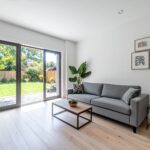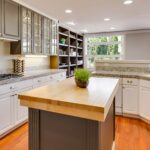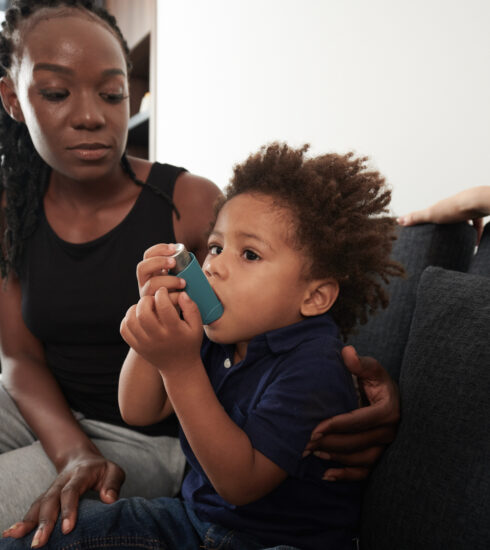Building for Better Living: How Healthy Materials Are Shaping the Future of Wellness RealEstate
In 2025, the conversation around home and building design has moved far beyond aesthetics
and square footage. The spotlight now shines on healthy building materials—a foundational
element of the growing wellness real estate movement. These materials don’t just look good;
they actively promote human health by improving indoor air quality, reducing exposure to
toxins, and creating a sense of harmony for both people and pets.
This shift is more than a trend—it’s a transformation. The wellness real estate market is on
track for significant growth through 2025 and beyond, driven by increasing awareness of how
our built environments affect our physical, mental, and emotional well-being. Valued at $71.5
billion by 2031 and growing at a projected CAGR of 4.9% from 2024, the healthy buildings
market reflects a global demand for safer, smarter, and more sustainable spaces.
Why Healthy Materials Matter
At the heart of this movement is the simple, yet powerful, idea that the materials we use in
construction have a direct impact on our health. From drywall and flooring to paint and
insulation, conventional materials often contain volatile organic compounds (VOCs),
formaldehyde, flame retardants, and other chemicals that can off-gas into indoor
environments—sometimes for years.
This chemical soup contributes to a widespread, but often misunderstood, condition known as
Sick Building Syndrome (SBS). Characterized by headaches, fatigue, respiratory issues, and
cognitive fog, SBS is often traced back to poor indoor air quality and exposure to toxic
materials. Identifying and addressing these issues is now a top priority in both new construction
and renovation projects.
From Concern to Action
With over three decades of experience and a popular podcast, Non-Toxic Environments, Andy
Pace has become a trusted voice in the healthy building space. His mission: to educate
homeowners, builders, and developers on safer alternatives and to make healthy homes not
just possible, but practical.
“Creating wellness within our walls is no longer a luxury—it’s a necessity,” says Pace. “Materials
should do more than just meet code; they should actively support occupant health.”
Through resources like the Degree of Green Healthy Home rating system, Pace helps consumers
assess materials based not just on environmental impact, but on human safety.
A Wellness Revolution in Real Estate
Wellness real estate now integrates biophilic design, sustainable material use, and smart health
technologies that monitor air quality and humidity. These design principles go beyond healthy
interiors to include walkable layouts, access to nature, and pet-friendly features that enhance
day-to-day quality of life.
For developers, property owners, and investors, this presents a dynamic opportunity: to align
with the values of health-conscious consumers while differentiating properties in an
increasingly competitive market.
Looking Ahead
As urbanization continues and the lines between home, work, and leisure blur, the demand for
healthier spaces will only intensify. The good news? The materials, technologies, and expertise
needed to create these environments are more available than ever. The challenge lies in
awareness, education, and the willingness to invest in long-term wellness.
Healthy building materials are no longer just an upgrade. They’re an essential part of how we
define safety, comfort, and quality in the places we live, work, and play.
Health Starts at Home
You can find a large collection of healthy home materials at The Green Design Center, where Andy offers consultations on all materials and solutions. You can also learn more about Andy’s podcast Non Toxic Environments at NTE LIVE! or follow Andy on LinkedIN , Instagram, and YouTube to learn more about creating your own healthy home.
Photo via Jennifer R @ Unsplash









